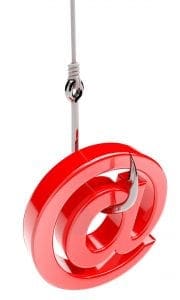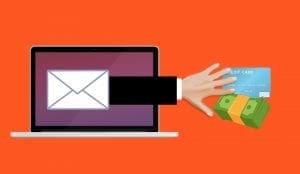What are Phishing Emails?
Be aware of a common email phishing scheme in which hackers spam recipients with messages WITH or WITHOUT attachments. These cybercriminals are clever, using someone’s name that you trust or an organization that you normally work with. The objective of these fake email phishing schemes is to trick unsuspecting users into divulging their private data. Any user that responds to one of these phishing emails is subjecting themselves and their company to great risk across all computing devices company-wide.
What to Do if You Receive a Phishing Email
These phishing emails could be hardly recognizable or outlandishly suspicious. Phishing emails contain links in the body, which will lead you to web pages where malicious codes and viruses are waiting to infect your computer and steal critical data. Listed below are commonalities that you will typically see in a Phishing Email. Should one of these malicious emails hit your inbox, DELETE it immediately; DO NOT open and DO NOT click the links.
How to Identify Email Phishing?

- The hyperlinks: When you take the cursor over the link in an email (in the FROM column), usually the complete and authentic URL will appear.
- Grammatical errors: Banks and credit card organizations have departments to assure that anything issued is grammatically correct.
- The HTTPS: In an email, if you are being directed to the bank’s website and the URL bar is not showing “HTTPS,” then it is a sign that you should close the window.
- Plain text /No logos: Most legitimate messages are written in HTML, including a mix of text and images.
- Listed as your email address: If you observe that your email address is in the sender field instead of the receiver, it is a sign of a fake email message.
What if You’re Not Sure…
If you’re unsure if an email that you have received is fake or not, it is best to err on the side of caution. Even if the email seemingly came from someone you know, but looks suspicious, do not open. Instead, contact the person who is the supposed sender and ask if it truly came from them. If not, DELETE. If you have any questions about Email Phishing or if you’ve opened a malicious email and followed the links, contact DCR immediately!


